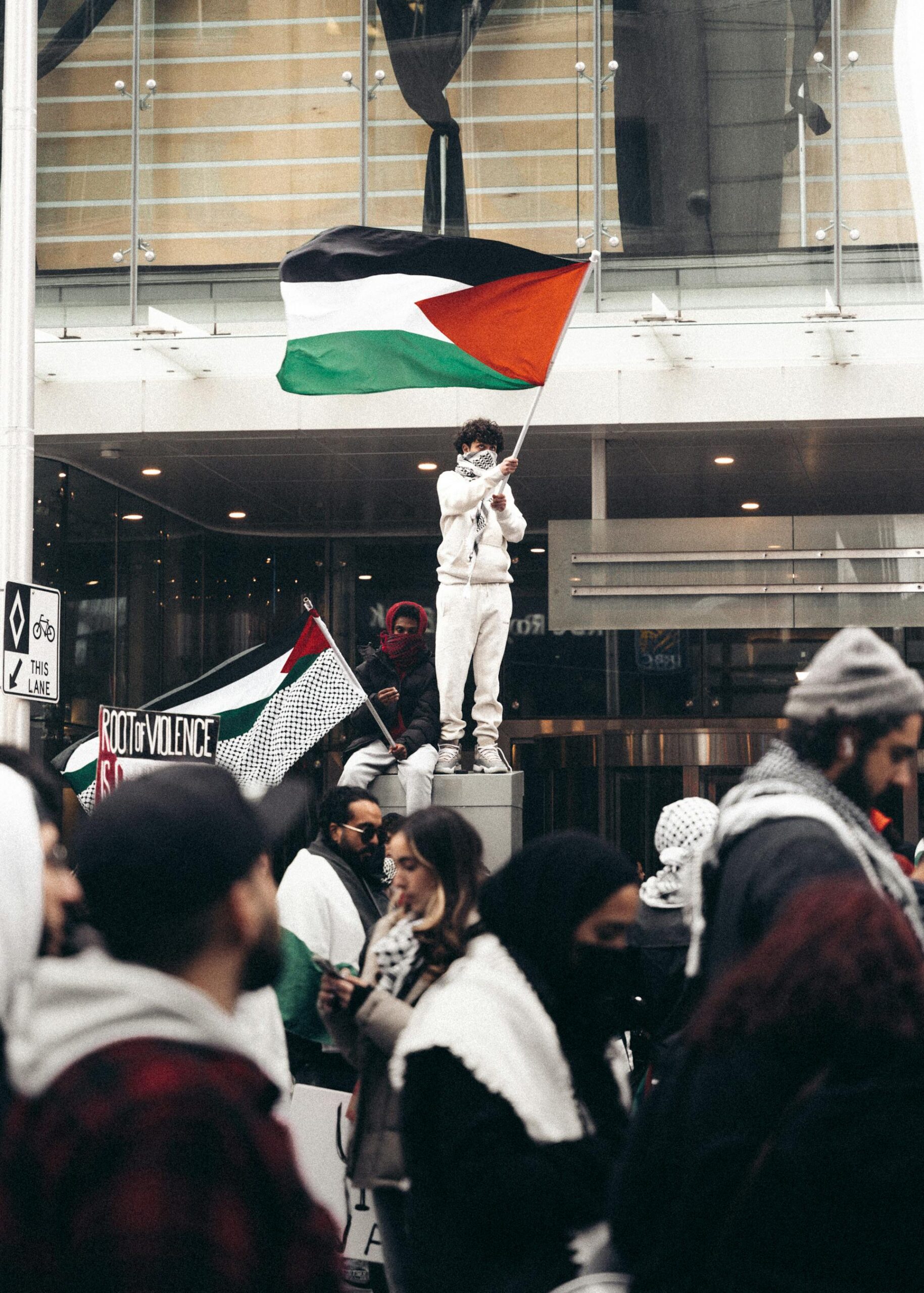Introduction:
The geopolitical landscape of the Middle East has been marked by a long-standing and intricate conflict, with the Palestinian territories at the heart of one of the world’s most enduring disputes. The situation in Palestine is a multifaceted issue, involving historical, political, and humanitarian dimensions. This article aims to provide a comprehensive overview of the current condition in Palestine, exploring the challenges faced by its people and the ongoing efforts towards resolution.
Historical Context:
The roots of the Palestinian-Israeli conflict date back to the early 20th century, marked by competing nationalisms and claims to the same territory. The establishment of the State of Israel in 1948 led to the displacement of hundreds of thousands of Palestinians, an event known as the Nakba, or “catastrophe.” The subsequent wars and decades of occupation have created a complex web of grievances, making any resolution a delicate and challenging process.
Occupation and Settlements:
One of the central issues in the Palestinian condition is the Israeli occupation of the West Bank and East Jerusalem, which began in 1967. The construction of Israeli settlements in these areas has been a source of tension and a significant obstacle to peace efforts. The settlements, considered illegal under international law, continue to expand, affecting the daily lives of Palestinians and impeding the establishment of a viable Palestinian state.
Gaza Strip and Blockade:
The Gaza Strip, home to nearly two million Palestinians, faces unique challenges. Controlled by the militant group Hamas since 2007, Gaza has been subjected to an Israeli blockade, severely restricting the movement of goods and people. The blockade has led to dire humanitarian conditions, with limited access to essential services such as healthcare, education, and clean water, exacerbating the suffering of the civilian population.
Humanitarian Crisis:
The overall humanitarian situation in Palestine is a matter of deep concern. High levels of poverty, unemployment, and restricted access to basic services contribute to a challenging environment for Palestinian families. Human rights organizations highlight the impact on the most vulnerable, including children, who often grow up in an atmosphere of conflict and insecurity.
International Response:
The international community has been actively involved in efforts to find a resolution to the Israeli-Palestinian conflict. Various peace plans and initiatives, often led by the United Nations, the European Union, and the United States, have been proposed over the years. However, achieving a consensus among the key stakeholders remains elusive, as deep-seated historical grievances and political complexities persist.
Hope for the Future:
Despite the formidable challenges, there are signs of resilience and hope within the Palestinian community. Civil society organizations, both local and international, work tirelessly to address the immediate needs of the population and advocate for a just and lasting solution. Grassroots movements, cultural initiatives, and dialogue forums contribute to building bridges between communities and fostering understanding.
Conclusion:
The situation in Palestine remains a complex and deeply entrenched issue, with no easy solutions. The ongoing challenges faced by the Palestinian people, coupled with the political and historical complexities of the conflict, demand sustained international attention and efforts. As the world navigates the path towards a just and lasting resolution, it is essential to acknowledge the human cost of the conflict and work towards a future where Palestinians and Israelis can coexist in peace and security.













